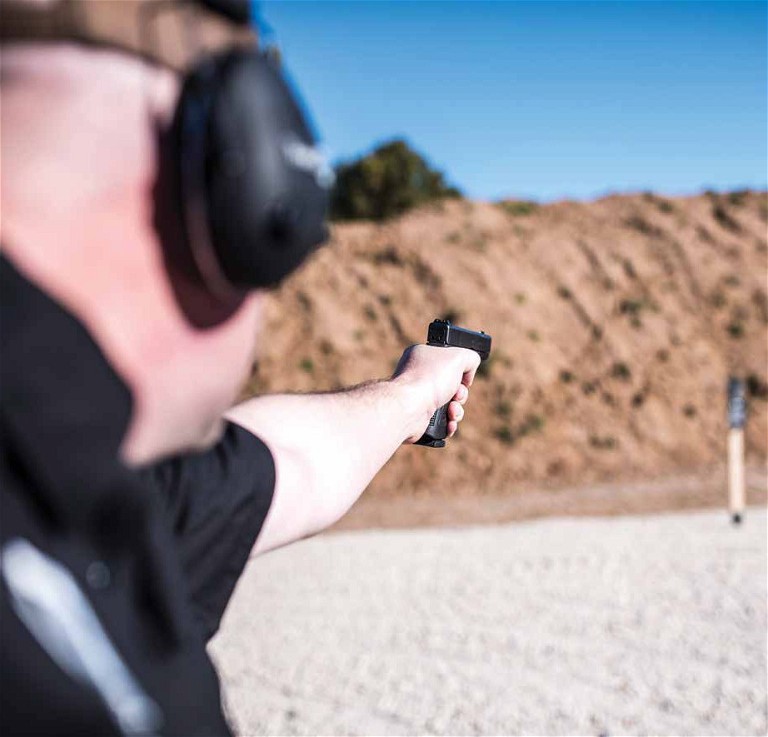LIFELINE ANTHONY LAMBERT
FEEL THE HEAT
DIAGNOSING AND PREVENTING HEAT-RELATED INJURIES

WATCH THE VIDEO TUTORIAL youtu.be/6mkCfXS15C0

Summer weather is around the corner, and millions of Americans are looking forward to spending time engaging in the outdoor activities they’ve missed during colder months. With increased temperatures, however, comes increased risk. While you’re making plans for the summer months, it’s important to keep heat and sun safety in mind.
Summer temperatures and weather conditions can vary greatly based on where you live. Your reactions to changes in season can also vary depending on the work you do and your preferred hobbies. Making a quick assessment of your physical, mental and emotional fitness before engaging in any activity will help you better judge the effects sun and heat will have on you during the activity in question. If you need time to acclimate to the changing conditions, take some simple steps like slowly increasing your exposure to the climate or changing your plans to avoid the hottest part of the day.
Bearing that in mind, let’s explore some common heat-related injuries you might experience during summer months.
HEAT CRAMPS
These occur after several hours of physical exertion in the heat.
Signs/Symptoms:
• Painful muscle spasms, usually in the legs, arms or abdomen
Treatment:
• Get out of the heat and into the shade.
• Hydrate with water or a sports drink.
• Stretch or massage the affected muscle.
Prevention:
• Acclimate to the environment as gradually as you can manage so your body adapts to the heat.
• Hydrate with water or sports drinks before and during exercise.
• Avoid exercising during the hottest part of the day.
• Wear light, loose clothing and use sunscreen.
HEAT EXHAUSTION
Heat exhaustion is caused by loss of water and salt through excessive sweat.
Signs/Symptoms:
• Headache, nausea, dizziness, weakness, and cool, clammy skin Treatment:
• Stop and rest.
• Hydrate and get into a cool room or shade.
• Loosen clothing and apply cool wet towels or pour cool water over the head, behind the neck, and on armpits and the groin area.
Prevention:
• See heat-cramp prevention.
• Get adequate salt intake during meals to replenish sodium loss during profuse sweating.
HEAT STROKE
This is a life-threatening condition that occurs when the body’s cooling system stops working and its core temperature rises to a dangerous level. If ignored, heat stroke can lead to death.
Signs/Symptoms:
• Red, hot and dry skin
• Rapid but weak pulse
• Rapid but shallow breathing
• Confusion, faintness, staggering, hallucinations
• Unusual agitation or coma
Treatment:
• Get the victim out of the sun.
• Remove unnecessary clothing.
• Reduce body temperature by applying water, cool air, wet sheets or ice on the neck, the groin and armpits.
• Seek medical attention immediately. THIS IS A MEDICAL EMERGENCY.
Prevention:
• Follow steps for preventing heat cramps and heat exhaustion.
(DON’T) STAY THIRSTY, MY FRIENDS
I can’t emphasize hydration enough during the fall, winter and spring, let alone when the weather gets hot. All of the injuries I’ve mentioned here are preventable. And never forget: Even those who work office jobs need to drink adequate water. Follow this water-intake recommendation based on your level of activity (adjust accordingly based on the climate of your location):
• Low to no physical activity — 4 to 6 quarts of water daily
• Low to moderate physical activity — 6 to 8 quarts of water daily
• Moderate to high physical activity — 8 to 10 quarts of water daily
Everyone is different, and physical limitations and even medications can factor into whether someone becomes a heat casualty. But whoever you are, you can still enjoy your summer and all of the activities it offers. Just make sure to do so responsibly and everything should work out fine.